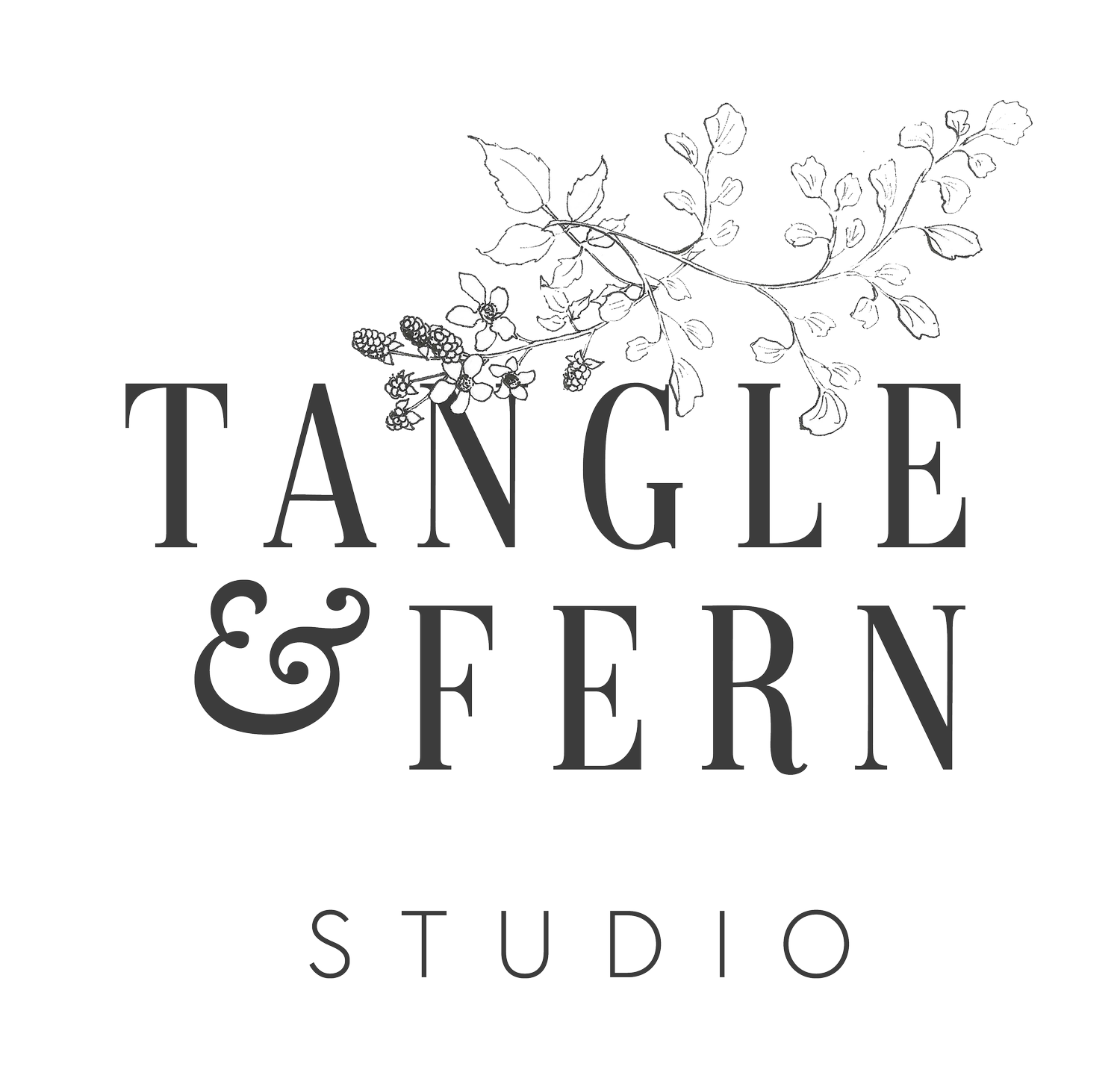A great story
You don’t need to be a good writer to pitch a good story. But you do need to know what a good story looks like.
Anything can be news, but not everything is newsworthy. To pitch a story that is interesting and has the best chance of being picked up by a publication, you need to think about a story that they and their readers want to hear, not the story that you happen to want to tell.
The American Press Institute says, “A good story is about something the audience decides is interesting or important. A great story often does both by using storytelling to make important news interesting.”
But remember: you don’t need to come up with the great story, just the great story idea.
The five Ws
Pitch the stories that your “right people” want to read, not the news that you want to tell. If you’re not sure if your idea would make a good story, ask yourself the five Ws:
* What is the story about?
* Why is it worth reading?
* Who is involved?
* Where does the action take place?
* When does the action take place (if the story is timely)?
and also, one H:
* How did this come to pass?
Once you have answered all these questions, look critically at what is in front of you and ask yourself: “If I was a stranger reading a magazine, would this story interest me?” If the answer is yes, pitch it.
Case study
Let’s say you are a potter and you have a new range of mugs with women’s breasts on them... what sorts of stories could you pitch?
“I make mugs with boobs on them” is not a story. It’s just a thing you do. What might the readers of your target publications be interested in reading?
* A story on feminism and body positivity?
* An interview with or feature what inspired you to put boobs on mugs?
* A how-to guide on making mugs or understanding glazes?
* A story on women in the arts?
* A thoughtful piece on the joys of tactile arts (doing things by hand)?
Think beyond the news
Don't think of “media” only in terms of “news.” There are many different types of stories in traditional media, and unless you are doing something truly extraordinary (like saving children or inventing a flying car), news is the least likely form of story to benefit you.
There are many other different types of stories, and you might be able to find some that suit your content and style. These could include:
* Interviews: share your conversations with someone who has something to say
* Features: more in-depth stories about a person or interest, that dig into the whys and wherefores
* Opinions: pieces written in the first person in which the writer expresses a strong opinion about one interest or another
* Thought pieces: stories that explore a particular idea
* Editorials: a news story that is used to develop an argument about an issue
* Narrative non-fiction: non-fiction stories that are written with a bit of pizzaz. Similar to features, but with more of a literary bent. Memoirs are narrative non-fiction, as is some travel and food writing
* Advertorial- paid advertising (such as in a magazine) that is written and presented in such a way that it looks like an article
Homework
Ok! Today you are going to have a go at writing at writing your first media pitch. Turn to page 31 of Workbook 2, and work your way through the prompts to ensure you share everything you need. Here are some more tips:
* Try to keep your media pitch to one page (journalists are busy, and most of them receive scores of pitches and press releases every day, so you need to get to the point)
* Find out the name of the Editor or Features Editor and address your pitch to them personally (don’t use “To Whom It May Concern”)
* Your heading or subject line should be clear and simple. No puns or creative, intriguing teasers
* After outlining your idea, and aligning it to the publication’s core values, share your credentials to write the story: what is it that you do or know that makes you a good source?
On page 32 of Workbook 2, I have shared a media pitch of mine (that resulted in a multiple-page feature), and broken it up into sections so you can see how this formula works.


